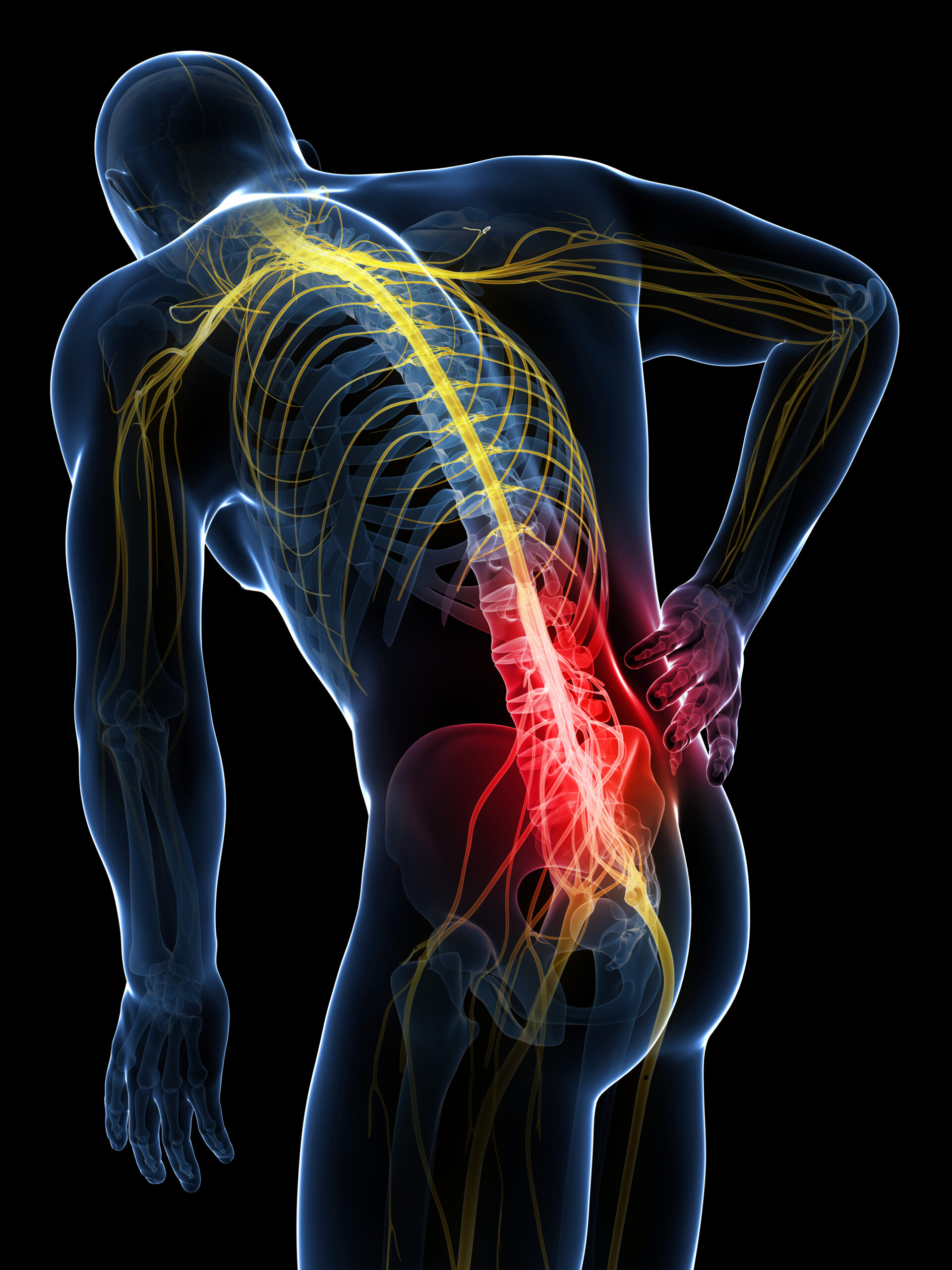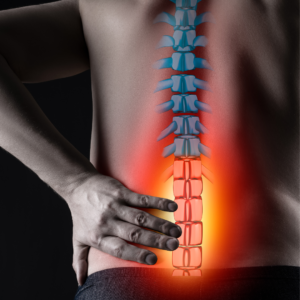Lower back and sciatic nerve pain is a common problem that affects many people. According to the National Institute of Neurological Disorders and Stroke (NINDS), approximately 80% of people will experience low back pain at some point in their lives. Sciatica, or pain caused by irritation or compression of the sciatic nerve, is a common type of low back pain that can radiate down the leg and cause discomfort or numbness in the foot and toes.
Symptoms of lower back and sciatic nerve pain may include:
- Pain in the lower back or buttocks
- Pain that radiates down the leg
- Numbness or tingling in the leg or foot
- Weakness in the leg or foot
- Difficulty standing or walking for long periods of time
There are several ways to prevent or minimize the risk of lower back and sciatic nerve pain. These include:
- Maintaining good posture: Proper posture can help reduce strain on the lower back and prevent sciatica. This includes sitting with your feet flat on the floor, keeping your knees bent at a 90-degree angle, and avoiding slouching or leaning forward while sitting.
- Exercising regularly: Regular exercise can help strengthen the muscles in your back and improve your overall physical conditioning, which can help prevent lower back pain. It’s important to choose exercises that are appropriate for your fitness level and to start slowly and gradually increase intensity.
- Maintaining a healthy weight: Being overweight or obese can put extra strain on the lower back and increase the risk of back pain. Losing excess weight through diet and exercise can help reduce the risk of back pain.
- Using proper lifting techniques: When lifting heavy objects, it’s important to bend at the knees and use your leg muscles to lift, rather than straining your back.
- Wearing supportive shoes: Wearing shoes with good arch support and a cushioned sole can help reduce the risk of back pain.
If you are experiencing lower back and sciatic nerve pain, there are several ways to find relief. These include:
- Over-the-counter pain medication: Non-steroidal anti-inflammatory drugs (NSAIDs) such as ibuprofen or acetaminophen can help reduce inflammation and pain.
- Hot and cold therapy: Alternating between hot and cold packs can help reduce inflammation and numb the area, providing temporary relief from pain.
- Stretching and strengthening exercises: Stretching and strengthening exercises can help improve flexibility and strengthen the muscles in the back, which can help reduce pain.
- Physical therapy: Physical therapy can help improve flexibility, strength, and mobility in the lower back and legs. A physical therapist can also teach you proper posture and lifting techniques to help prevent future episodes of back pain.
A therapist from Results Physical Therapy can help you effectively manage and treat your lower back and sciatic nerve pain. A therapist will work with you to develop a personalized treatment plan that may include exercises, stretches, and other techniques to help reduce pain and improve mobility. If you are experiencing lower back and sciatic nerve pain, visit our Coronado clinic for a free 30-minute screening!
If you would like to learn more about Sciatic nerve and lower back pain, tune in to our FREE Online Lower Back Pain Workshop on Tuesday, January 10th from 5:30pm to 6:30pm! Hosted by Results PT founder, Andreas Schenk, our workshop provides insights on how to treat and alleviate pain from an expert PT with 30+ years of experience! Sign up at our link here:
resultsrehab.com/workshops/




